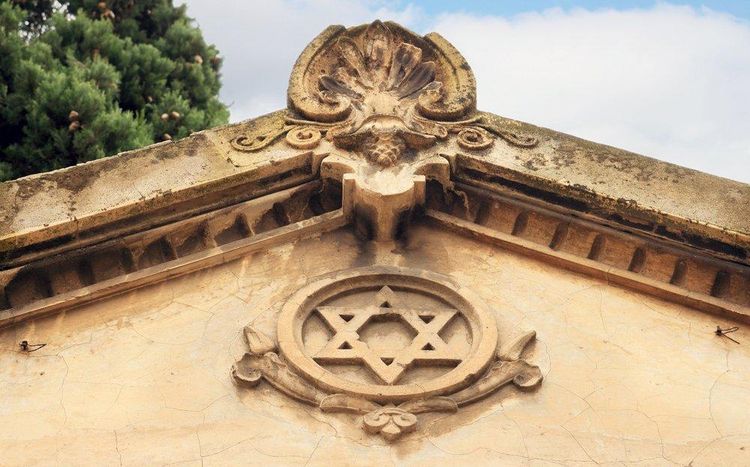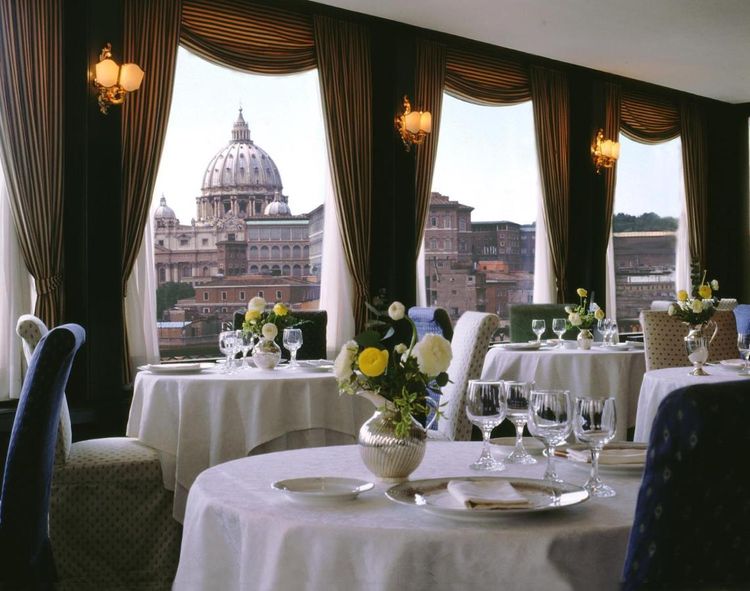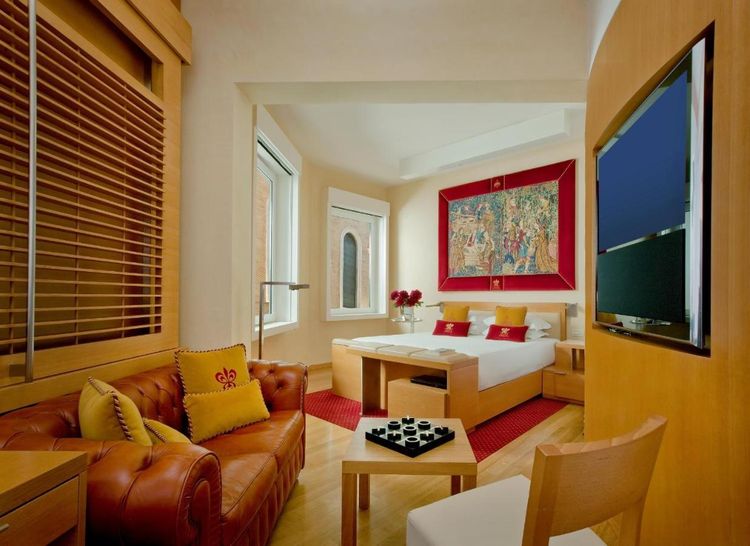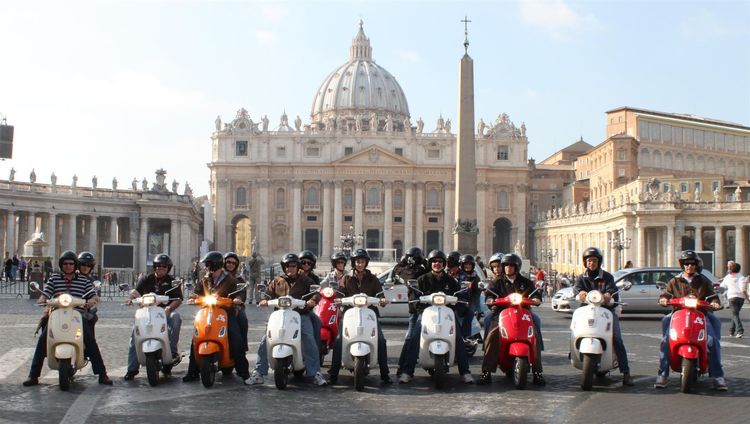The Jewish Ghetto: Our Favorite Neighborhood
Stroll through the Jewish Ghetto of Rome, one of the oldest sanctuaries in Rome, located near Largo Argentina. Although it is in the heart of Rome, the neighborhood has managed to retain its Jewish character to this day. The Jewish Ghetto, also known as the Jewish Quarter of Rome, is situated on the left bank of the Tiber. It is bordered to the east by the Theatre of Marcellus and the Capitoline Hill. This entire area, once unsanitary in appearance, has been redeveloped into a place where people love to stroll. We all know Rome is an open-air museum! So, don’t miss visiting the various monuments located in the heart of the Roman Jewish Ghetto, more commonly called the Sant’ Angelo Quarter:
The Palazzo Mattei Di Giove Built at the very beginning of the 17th century by the architect Carlo Maderno. Its modern exterior may not be impressive, but what’s inside can truly take your breath away! Discover its artworks, inner courtyards, statues that have maintained their brilliance. Today, this building houses the Library of Modern and Contemporary History.
The Church of Santa Caterina Dei Funari The Sant’Angelo district is full of churches such as San Nicola dei Cenci, San Tommaso di Publicolis, and Santa Maria in Publicolis…Santa Caterina dei Funari, one of these, was built around 500 years ago by Guidetto Guidetti. Its Renaissance-style facade is of great beauty, and the interior is also worth a visit!
The Synagogue of Rome The Templo Maggiore or Great Synagogue of Rome fits perfectly into the Roman landscape. This historic building is visible from several viewpoints (hill of Janiculum or on the Capitoline Hill, for example). You can easily identify this building by its height, on the hill of Janiculum or the Capitol, for example. Inside these walls, you will find a Jewish museum where you can learn all about the history of this neighborhood.
The Turtle Fountain If you want to see some of the most iconic works of Rome, then come discover the Turtle Fountain! Designed at the end of the Renaissance by Giacomo della Porta, the bronze turtles were later added by Gian Lorenzo Bernini. The alleys lined with cafes make this neighborhood one of the most picturesque in Rome. You can also find wine bars and trattorias. To the southeast, there’s the very essence of the ancient Roman Jewish Ghetto where you can enjoy very good dishes. Don’t miss tasting this Judaeo-Roman cuisine still very prevalent today. Enjoy the “pizza ebraica”, this pastry made of almonds, raisins, pine nuts, and candied fruits, a delight! Set out to explore this district with a significant historical past!

Our journeys & plannings
for your team retreat in Rome




































